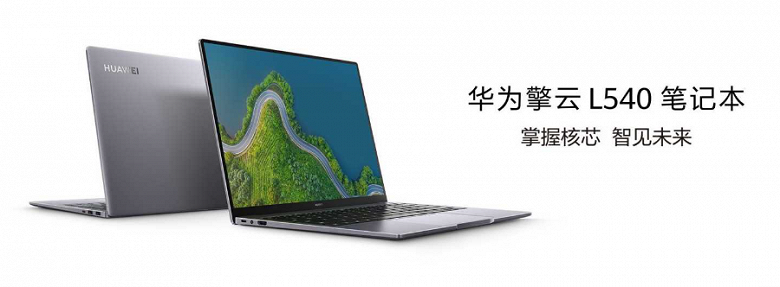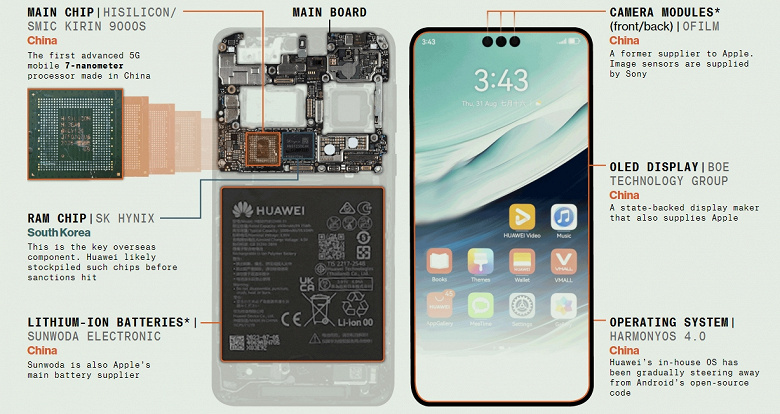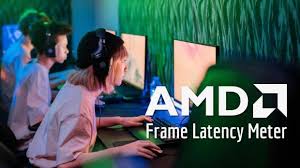Huawei’s activity has caused a rise in the price of RAM chips, but consumers have nothing to worry about
Perhaps some sources say that Huawei has no illusions about the near future business associated with the release of smartphones, but the Chinese company is desperately fighting for its vitality. The active purchases of DRAM memory chips by this Chinese giant have already led to the fact that prices in the fourth quarter will not be reduced as it was assumed until recently.








